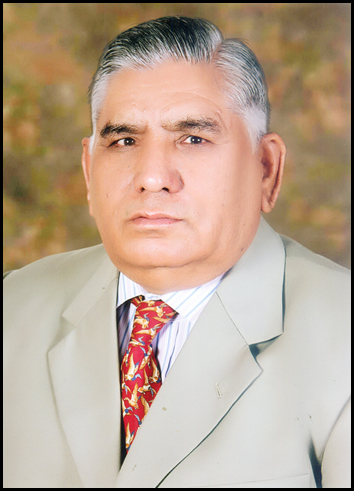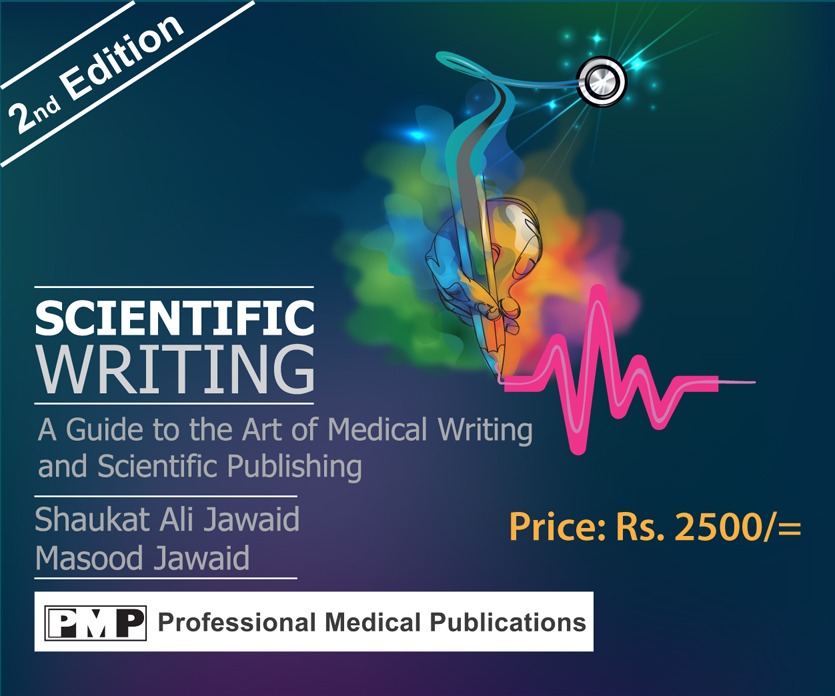

Shaukat Ali Jawaid
KARACHI: Prof. Abdus Samad, an eminent interventional cardiologist and one of the leading figures in the country, is widely regarded as an ideal choice to chair scientific sessions at medical conferences. His ability to synthesize discussions, highlight key issues, and effectively communicate critical messages makes the sessions engaging and impactful. In addition to his thoughtful commentary on the presentations, Prof. Samad often intersperses his remarks with subtle yet significant insights, making the proceedings not only informative but also lively and thought-provoking. He lived up to this reputation once again at the recently held Pakistan Heart Valve and Cardiac Imaging Summit 2025.
While speaking on the TAVR vs. SAVR debate, Prof. Samad took a historical perspective. He recalled his student days at King Edward Medical College, when the Department of Cardiology at Mayo Hospital, Lahore, was led by Prof. Rauf Yousuf. “We once had a 64-year-old patient suffering from mitral stenosis,” he said. “During a ward round, Prof. Rauf Yousuf told the patient, ‘You’ve been suffering for three years, but unfortunately, we don’t have many treatment options. There is a surgical option, but it carries certain risks. If you’re willing, we can request a surgeon to operate.’ The patient agreed, and Prof. Reyaz-e-Qadeer, a professor of surgery, performed the operation. At that time, it was our only choice. But today, the landscape has changed dramatically.”
He continued, “Islam came to Pakistan on horseback, but today we are witnessing remarkable advancements in medical technology. New procedures and techniques are continuously being developed. We must embrace all effective and feasible medical innovations. Most importantly, the outcomes of any procedure must be acceptable to the patient, not just the cardiologist or surgeon. Our guiding principle must always be patient welfare—not professional pride.”
Prof. Samad emphasized the need for integrity and purpose in medical practice. “There was a time,” he reflected, “when I would leave for the hospital in the morning, I’d look at my wife and children and wonder if I’d return home safely. Those were difficult times in Karachi. But now, look at Dr. Bashir Hanif—he is running and managing an excellent tertiary cardiac care facility in the same area.”
He cited a thought-provoking article published a few years ago in the British Medical Journal that questioned, “Do we still need thoracotomy?” as an example of how rapidly the field is evolving. “We must learn new technologies and keep up with advancements,” he stressed. “During the recent Indo-Pakistan conflict, it was technology combined with strategic excellence that led to a swift resolution in just a few hours. This alone underscores the critical importance of embracing innovation.”
Prof. Samad concluded with a balanced view: “There is room for both cardiac surgeons and interventional cardiologists. Patient selection is crucial for any procedure, and our decisions must be guided solely by what is best for the patient.”



